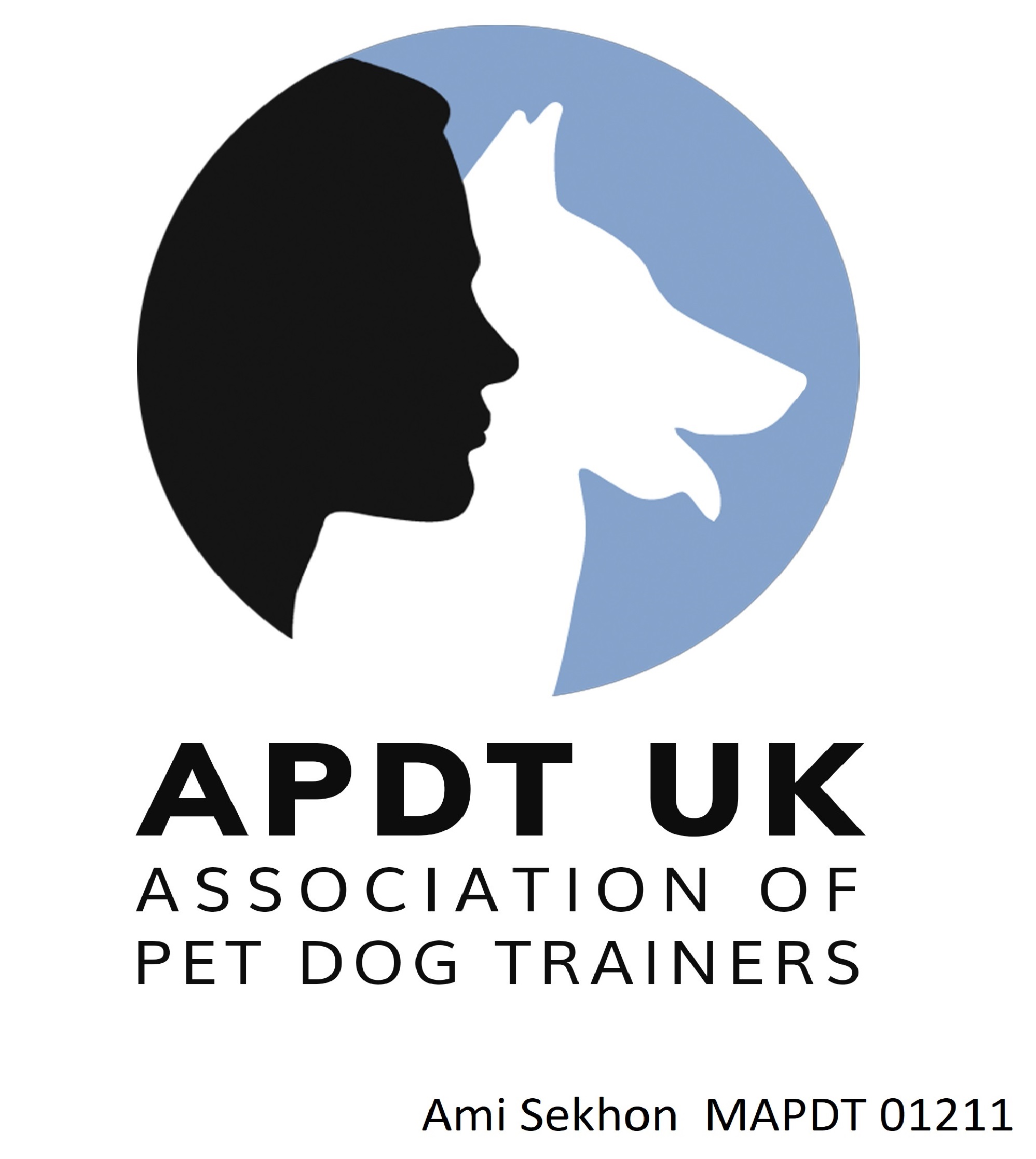 I first heard of TAGteach when I attended the WOOF! European Training and Behaviour Conference in February 2013. I watched a presentation by Theresa McKeon and was so impressed that upon returning home, I immediately booked on to a Primary Certification Seminar that Theresa was holding in September.
I first heard of TAGteach when I attended the WOOF! European Training and Behaviour Conference in February 2013. I watched a presentation by Theresa McKeon and was so impressed that upon returning home, I immediately booked on to a Primary Certification Seminar that Theresa was holding in September.
I am partner and head trainer of Cheshire Dog School. Our school currently teaches around 100 dogs per week, and each dog is accompanied by at least one handler, many of our pet obedience dogs will be accompanied by the whole family. So, whilst we may be ‘dog trainers’ we are also ‘people trainers’ and we understand the importance of being able to effectively communicate and teach the human end of the leash.
After my initial introduction to TAGteach at the WOOF! Conference I started to experiment with using TAGteach in classes. One of the main things TAGteach has taught me is to watch the handler and not the dog. This was demonstrated in a situation I had in class with a dog called Luna, who reacted with excessive barking whenever it saw another dog running.
When I handled Luna, using operant conditioning, I was very quickly able to get her to watch the running dog without barking. However for some reason, no matter how much I explained the technique to Luna’s owner Sandra, and even though Sandra seemed to understand the technique, the results weren’t happening when she attempted it. I made a point of watching the handler and not the dog. Within seconds I realised why the technique was not transferring to Sandra; Sandra was so focused on trying to control Luna that she was failing to take notice of when Luna’s trigger was about to happen (when the other dog was about to do a recall). Sandra was then in the situation of trying to communicate with Luna (who was over-threshold, extremely over-excited and barking!). Therefore anything Sandra tried would be ineffective as Luna was too distracted to intake information and be receptive to training.
The TAG point was ‘watch the trigger’. Sandra watched the trigger and was able to start the technique at the exact point needed (before Luna went over threshold), this worked almost immediately, and continued to work in further classes. The delight on Sandra’s face was a joy to see, it was a light bulb moment for her and gave her a much needed confidence boost in being able to handle and communicate with her dog. Sandra actually commented on how good it felt to just have a three word TAG point to focus on when she had the distraction of panic, a lively dog, and anticipation of her dog reacting. It made me realise that having a clear TAG point can cut through and give the mind some direction to cling to when other emotions and physical distractions are in abundance.
Since attending the primary certification and training seminar I have found myself analysing my classes and private lessons in a different way. Instead of just focusing on the dog’s behaviour and working to improve that, I have also started watching the owner more closely than I did before. A vital part of pet obedience training involves training the owner of the dog, TAGteach helps me focus on tidying up the communication involved on the human side of dog training.
Why not join our classes and see for yourself how TAGteach helps us to train you to train your dog?
Latest posts by Ami Sekhon (see all)
- Please visit our YouTube channel! - July 8, 2020
- Ami and CDS Win EVA for Solo Business of the Year 2017! - October 11, 2017
- How Cheshire Dog School was started - August 2, 2017
- EVA Awards 2017 – Ami is Finalist in the Solo Business Category - July 31, 2017
- Ami wins EVA 2016 award in Training and Coaching Category! - October 8, 2016


